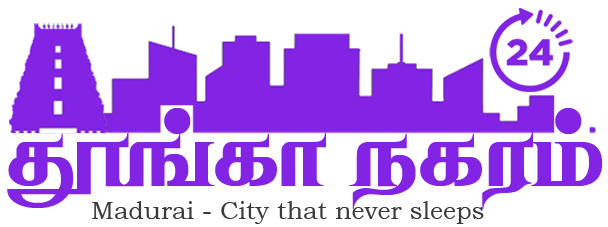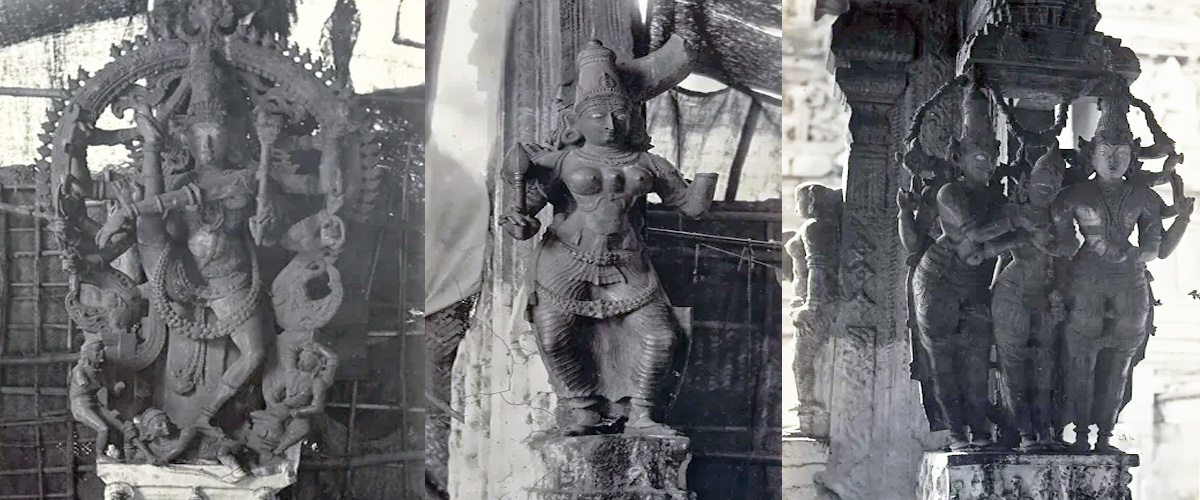The epic chroniclers who glorify the ancient history of Madurai have said, “Madurai was once a Kadamba forest.” Long ago, a merchant named Dhananjayan was passing through this forest at night. There, under a Kadamba tree, he witnessed Lord Indra—the king of the celestial beings—worshipping a self-manifested Shiva Lingam (Swayambhu Lingam) along with other deities, before ascending to the heavens. Amazed by this divine sight, Dhananjayan immediately informed King Kulasekara Pandiyan at his palace.
Upon hearing this, Kulasekara Pandiyan ordered the forest to be cleared and built a stone temple with the Swayambhu Lingam as the central deity. At that time, Lord Shiva appeared and, from his matted locks, let a drop of nectar (Amudha Thuli) fall upon the place. Because of this, the area came to be known as Madurai—derived from the Tamil word “Mathuram,” which means “sweetness.”
Madurai has a remarkably rich historical background. Lord Shiva, who is considered the deity of the land, is believed to have performed 64 miraculous divine plays (Thiruvilaiyadal) in this city.
The Greek historian Megasthenes visited Madurai in the 3rd century BCE. Many scholars have spoken of the glory of this city. People from Rome and Greece used to travel to Madurai. The Pandya kings greatly expanded and enriched the city. In the 10th century CE, the Chola kings, arch-rivals of the Pandyas, captured Madurai.
From CE 920 to the early 13th century, the Cholas ruled Madurai. In CE 1223, the Pandyas regained power by defeating the Cholas. The Pandya rulers contributed significantly to the growth of the Tamil language. During their reign, many great epics were composed in Tamil.
The famous Tamil epic “Silappathikaram” was born out of a historical event where Kannagi, upon learning that her husband Kovalan was unjustly executed, burned the city of Madurai using the power of her chastity.
In CE 1311, Malik Kafur, the general of Alauddin Khilji, ruler of the Delhi Sultanate, invaded Madurai. He looted treasures and precious jewels from the city’s treasuries and returned. Afterward, several Muslim sultans invaded and ruled over Madurai. By CE 1323, the Pandya Empire of Madurai had become a province of the Delhi Sultanate.
In CE 1371, Hampi, a ruler from the Vijayanagara Empire, captured Madurai and brought it under their control. The rulers of this empire appointed Nayaks as governors to administer the conquered regions. These Nayaks ruled efficiently and effectively. After the death of Krishnadevaraya in CE 1530, the Nayak rulers began to govern Madurai independently.
From CE 1623 to 1659, Thirumalai Nayak, one of the prominent rulers of the Nayak dynasty, governed Madurai.


